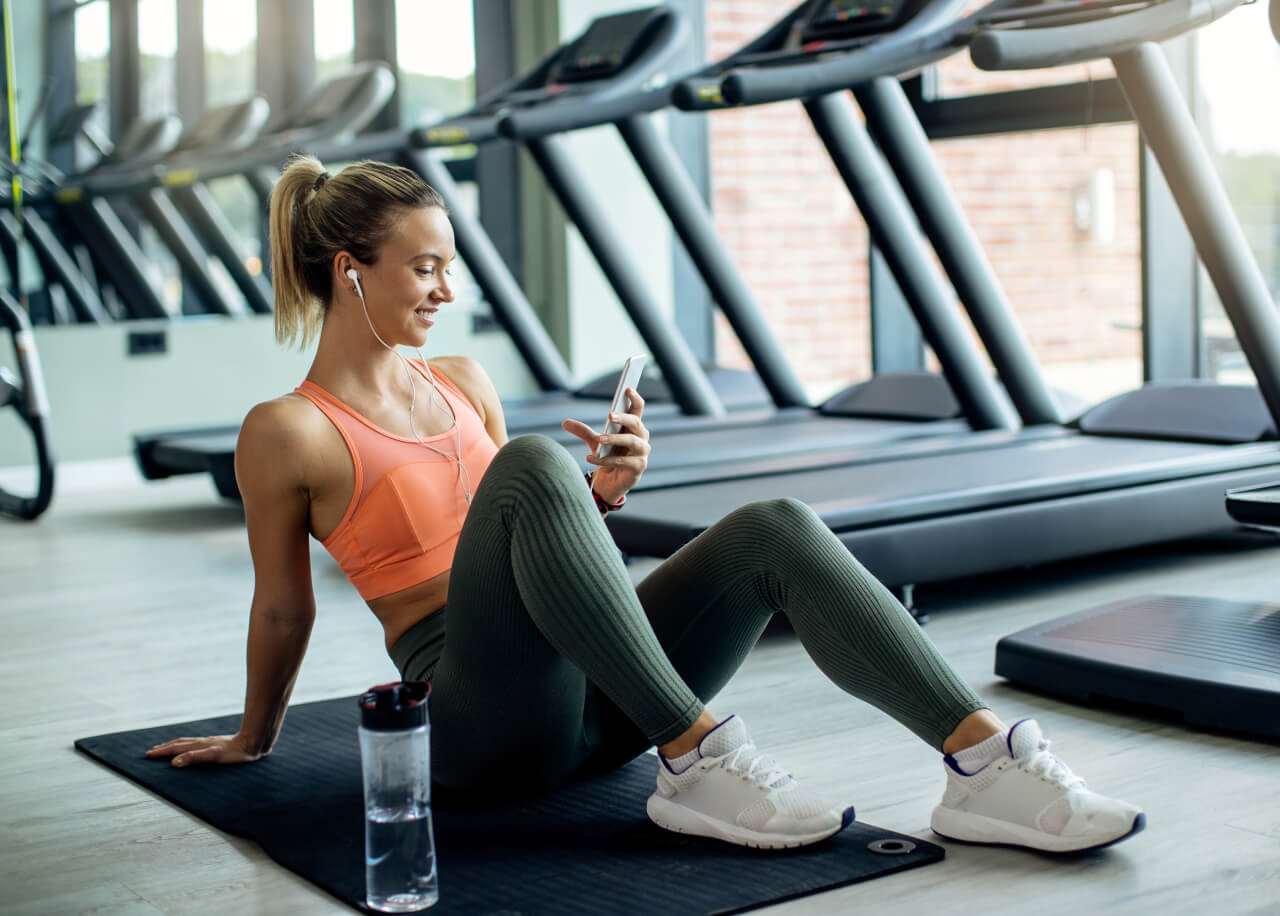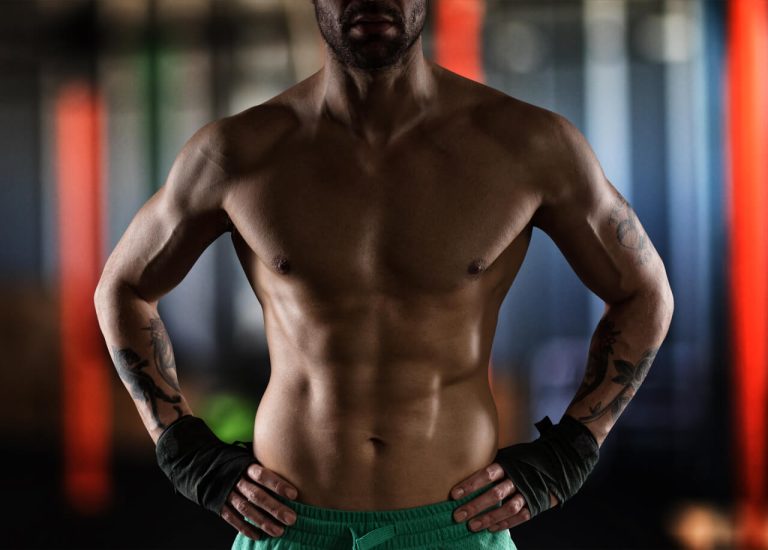The Best Workouts to Prolong Life: Exercise for Longevity

Exercise is not only about getting fit or achieving a certain look; it’s a crucial component of a healthy lifestyle that can significantly extend life expectancy. Numerous studies have shown that regular physical activity improves cardiovascular health, reduces the risk of chronic diseases, and enhances mental well-being. But what are the best workouts for longevity? In this blog, we’ll explore how different forms of exercise can help you live a longer, healthier life.
The Science Behind Exercise and Longevity
Before diving into specific workouts, it’s essential to understand the connection between exercise and longevity. Physical activity can:
- Reduce the risk of chronic diseases: Regular exercise helps prevent diseases like heart disease, stroke, diabetes, and certain cancers.
- Improve cardiovascular health: Exercise strengthens the heart and lungs, reducing the risk of cardiovascular issues.
- Maintain muscle mass and strength: As we age, we naturally lose muscle mass, which can lead to frailty. Resistance training helps maintain muscle strength, which is crucial for mobility and independence.
- Enhance mental health: Exercise reduces symptoms of anxiety, depression, and stress, all of which can have a negative impact on longevity.
- Promote healthy aging: Exercise supports joint health, improves flexibility, and keeps bones strong, reducing the risk of falls and fractures.
- Boost immune function: Regular physical activity enhances the body’s immune response, which is vital as we age.
- Improve metabolic function: Physical activity improves insulin sensitivity, lowers blood pressure, and helps regulate blood sugar levels.
With these benefits in mind, let’s explore the best types of workouts for prolonging life.
1. Aerobic Exercise (Cardio)
Why It Matters for Longevity:
Cardiovascular exercises, also known as aerobic exercises, are essential for maintaining heart and lung health. Aerobic workouts improve circulation, reduce blood pressure, and increase the efficiency of the heart and lungs. Studies have shown that individuals who engage in regular aerobic exercise live longer and have a lower risk of cardiovascular diseases.
Examples of Aerobic Workouts:
- Walking: A low-impact exercise that’s easy to incorporate into your daily routine. Studies suggest that walking briskly for 30 minutes a day can significantly improve longevity.
- Running: Running has been linked to a reduced risk of heart disease and an extended lifespan. Even 5-10 minutes of running a day at a moderate pace can make a difference.
- Swimming: Swimming provides a full-body workout that’s easy on the joints, making it a great option for older adults or those with joint pain.
- Cycling: Cycling is a low-impact, high-reward exercise that strengthens the lower body and improves cardiovascular endurance.
- Dancing: Dance-based fitness programs like Zumba provide a fun way to get moving, increase your heart rate, and burn calories.
How Often to Do It:
For optimal heart health and longevity, aim for at least 150 minutes of moderate-intensity aerobic exercise or 75 minutes of vigorous-intensity exercise per week, as recommended by the CDC.
2. Strength Training
Why It Matters for Longevity:
Strength training, or resistance training, is crucial for preserving muscle mass and bone density as we age. As muscle mass naturally declines with age (a process known as sarcopenia), strength training helps counteract this and prevents frailty, which is a significant risk factor for falls and injuries in older adults. Additionally, resistance training improves metabolic function, enhances insulin sensitivity, and promotes fat loss.
Examples of Strength Workouts:
- Weightlifting: Lifting weights targets specific muscle groups and improves overall strength. Compound exercises like squats, deadlifts, and bench presses are particularly effective.
- Bodyweight Exercises: Push-ups, squats, lunges, and planks can be done anywhere and are excellent for building strength without the need for equipment.
- Resistance Bands: Resistance bands offer a low-impact way to build strength, making them ideal for beginners or those with joint issues.
- Kettlebell Workouts: Kettlebells combine strength and cardio training in one workout, providing a full-body challenge.
How Often to Do It:
Incorporate strength training at least two to three times a week, targeting all major muscle groups. Allow for rest days between workouts to promote muscle recovery and growth.
3. High-Intensity Interval Training (HIIT)
Why It Matters for Longevity:
HIIT involves short bursts of intense activity followed by periods of rest or low-intensity recovery. This type of workout has been shown to improve cardiovascular fitness, increase fat burning, and boost metabolic rate. HIIT workouts can be completed in a short amount of time, making them efficient for those with busy schedules. Studies suggest that HIIT may also have anti-aging benefits at the cellular level by promoting mitochondrial health and improving insulin sensitivity.
Examples of HIIT Workouts:
- Sprinting: Sprinting for 30 seconds, followed by 1-2 minutes of walking or jogging, is a simple and effective HIIT workout.
- Circuit Training: Alternate between exercises like jumping jacks, burpees, and mountain climbers with short rest periods.
- Tabata Training: Tabata is a form of HIIT that involves 20 seconds of maximum effort followed by 10 seconds of rest, repeated for 8 rounds (4 minutes total).
How Often to Do It:
HIIT is intense, so it’s best to limit these workouts to two to three times a week. Make sure to include rest or low-intensity days between HIIT sessions to avoid overtraining.
4. Flexibility and Balance Exercises
Why It Matters for Longevity:
Flexibility and balance are often overlooked but play a crucial role in preventing injuries, improving posture, and maintaining independence as we age. Flexibility exercises increase the range of motion in joints and muscles, while balance training helps prevent falls, a leading cause of injury among older adults. Both types of exercise contribute to overall functional fitness, allowing individuals to move more efficiently and safely in daily life.
Examples of Flexibility and Balance Workouts:
- Yoga: Yoga combines flexibility, strength, and balance in one practice. It has been shown to reduce stress, improve joint health, and enhance overall well-being.
- Tai Chi: Tai Chi is a gentle form of exercise that focuses on slow, controlled movements, improving balance, flexibility, and mental focus.
- Stretching: Simple stretching routines that target major muscle groups can help improve flexibility and reduce stiffness.
- Balance Drills: Standing on one leg, walking heel-to-toe, or using a balance board are exercises that improve stability and coordination.
How Often to Do It:
Incorporate flexibility and balance exercises into your routine at least two to three times a week. These can be done on rest days from more intense workouts or as part of a cool-down after other exercises.
5. Low-Impact Exercises for Longevity
Why It Matters for Longevity:
Low-impact exercises are ideal for individuals who have joint issues, are recovering from an injury, or want to stay active without putting too much strain on their body. These exercises are gentle on the joints but still provide significant health benefits, including improved cardiovascular health, muscle strength, and mobility.
Examples of Low-Impact Workouts:
- Swimming: Swimming is a full-body workout that’s easy on the joints and ideal for individuals of all fitness levels.
- Elliptical Machine: The elliptical provides a low-impact cardio workout that’s easier on the knees and hips compared to running.
- Rowing: Rowing engages the entire body while being gentle on the joints, making it a great option for both strength and cardio training.
- Pilates: Pilates focuses on core strength, flexibility, and controlled movements, making it an excellent low-impact workout for longevity.
How Often to Do It:
Low-impact exercises can be done daily or as often as desired. They can also be incorporated into a more comprehensive fitness routine that includes strength training and aerobic exercise.
6. Mind-Body Exercises for Longevity
Why It Matters for Longevity:
Mind-body exercises like yoga, Tai Chi, and meditation focus on the connection between mental and physical health. These exercises not only improve physical fitness but also reduce stress, anxiety, and depression—factors that can negatively impact longevity. Chronic stress has been linked to increased inflammation in the body, which contributes to many age-related diseases. By incorporating mind-body practices into your routine, you can promote relaxation, enhance mental clarity, and support overall health.
Examples of Mind-Body Workouts:
- Yoga: Yoga helps improve flexibility, strength, and balance while promoting mindfulness and relaxation.
- Tai Chi: This ancient practice focuses on slow, deliberate movements and deep breathing, improving balance and reducing stress.
- Meditation: While not a physical workout, meditation is a powerful tool for mental health and stress reduction, which can have a profound impact on physical well-being.
How Often to Do It:
Mind-body exercises can be done daily to enhance mental and physical health. Even a few minutes of meditation or stretching each day can contribute to a longer, healthier life.
7. Functional Fitness Training
Why It Matters for Longevity:
Functional fitness focuses on exercises that mimic everyday movements, helping you perform daily activities with ease and reducing the risk of injury. This type of training enhances coordination, balance, strength, and flexibility, all of which are crucial for maintaining independence as you age. By improving your ability to perform daily tasks like lifting, bending, and reaching, functional fitness training helps you stay active and mobile throughout life.
Examples of Functional Fitness Workouts:
- Squats: Squats mimic the movement of sitting and standing, strengthening the lower body and improving mobility.
- Deadlifts: Deadlifts simulate picking up objects from the ground, improving core strength and posture.
- Lunges: Lunges enhance balance and leg strength, making it easier to walk, climb stairs, and maintain stability.
- Push-ups: Push-ups build upper body and core strength, which is essential for daily activities like pushing, pulling, and lifting.
How Often to Do It:
Functional fitness exercises can be incorporated into your routine two to three times a week. These exercises can be combined with strength training, cardio, or flexibility workouts for a well-rounded fitness plan.
8. Outdoor Activities and Recreation
Why It Matters for Longevity:
Incorporating outdoor activities into your fitness routine not only provides physical benefits but also enhances mental well-being. Outdoor recreation often combines cardiovascular exercise, strength, and flexibility, while exposure to nature can reduce stress and improve mood. Activities like hiking, biking, and kayaking offer a fun and engaging way to stay active and enjoy the outdoors, contributing to a longer, healthier life.
Examples of Outdoor Activities:
- Hiking: Hiking challenges the cardiovascular system while improving leg strength and balance. Plus, spending time in nature can reduce stress and boost mental health.
- Kayaking: Kayaking provides a full-body workout, particularly for the upper body and core, while allowing you to enjoy the calming effects of water.
- Rock Climbing: Rock climbing strengthens the entire body and improves mental focus, problem-solving skills, and coordination.
- Gardening: Gardening may not seem like traditional exercise, but it involves movements like squatting, bending, lifting, and walking, making it a functional form of physical activity.
How Often to Do It:
Outdoor activities can be done as often as desired, depending on the intensity and duration. Incorporating outdoor recreation into your routine adds variety to your workouts and keeps you motivated to stay active.
Conclusion
Incorporating a variety of exercises into your fitness routine is key to living a long and healthy life. Aerobic exercise keeps your heart and lungs strong, strength training preserves muscle mass, HIIT improves metabolic function, and flexibility exercises maintain mobility and reduce the risk of injury. Meanwhile, mind-body practices promote mental well-being, and outdoor activities offer a refreshing way to stay active.
For the best results, aim for a balanced fitness routine that includes aerobic exercise, strength training, flexibility work, and mind-body practices. By staying active, you’ll not only enhance your quality of life but also increase your chances of living a longer, healthier life.
Sources:
- Strength training might lengthen life – Harvard Health
- Massive study uncovers how much exercise is needed to live longer | American Medical Association (ama-assn.org)
- Can exercise extend your life? – Harvard Health
- Longevity: Is exercise the key to a longer, healthier life? (medicalnewstoday.com)
“At Dynamic Wellness Solutions, we believe in empowering you with the knowledge and tools to make informed choices that resonate with your unique well-being journey. Our commitment to transparency ensures that you navigate the intricate world of nutrition with clarity, embracing the transformative power of honest and truthful information. Join us on this dynamic path to wellness, where your health and vitality are at the heart of every decision we make together.”


